- Jawline Treatment with Hyaluronic Acid
- Chin Augmentation for Harmonious Facial Features
- Lip Augmentation
- The Russian Lips (Doll-Lips) Technique with Hyaluronic Acid
- Effective Non-Surgical Rhinoplasty: Hyaluronic Acid Application
- Hyaluronic Acid Injection for Nasolabial Folds
- Remove Dark Circles, Tear Troughs & Eye Bags
- Cheek Augmentation – Cheekbone Injections
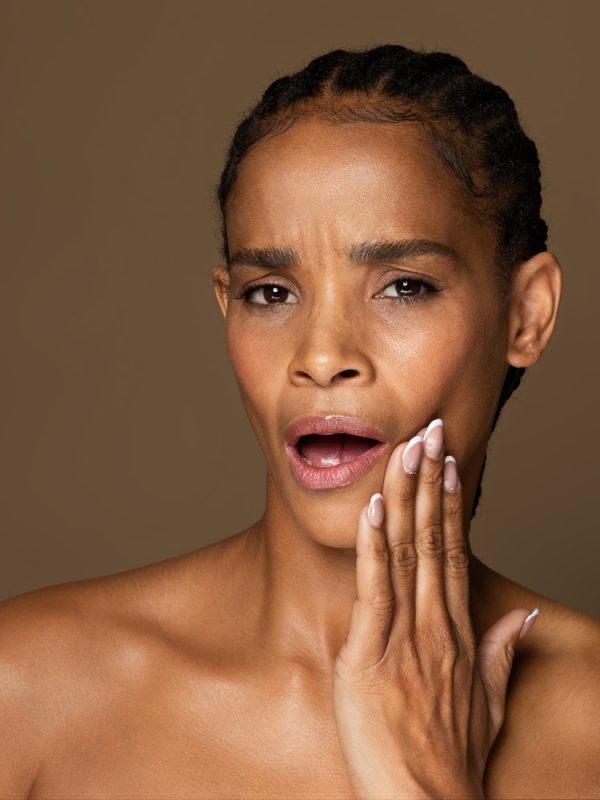
Treating Teeth Grinding (Bruxism) with Botox®
For relaxed jaw muscles
Aesthetiqua’s anti-grinding therapy for bruxism involves the use of Botox®. This is specifically injected into the masseter muscle, one of the main chewing muscles. The goal of the treatment is to reduce muscle activity, which relaxes the muscles and noticeably decreases teeth grinding.
Aesthetiqua
Botox for Teeth Grinding (Bruxism)
Pain Scale
Many people suffer from jaw pain or a feeling of tension in the morning, which can radiate into the ear or head. This problem, known as bruxism or teeth grinding, affects almost a fifth of the population and often occurs at night. Apart from pain, grinding can also wear down tooth enamel.
Dental splints are a common solution that can alleviate symptoms and protect tooth enamel. However, for some affected individuals, this measure is not enough to fully reduce jaw pain and tension. In such cases, Botox® offers an alternative treatment option. Botox® is injected directly into the masseter muscle, which is often thickened in bruxism and thus referred to as a hypertrophic chewing muscle. By specifically relaxing this muscle, teeth grinding and the associated discomfort can be significantly alleviated. In addition, many patients report a slimmer appearance in the lower third of the face as a positive side effect of the treatment. In an individual consultation, we will work together to develop a treatment plan tailored to your needs.
Facts
Treat Teeth Grinding
DURATION
30 minutes
LONGEVITY
4-8 Months
PAIN SCALE
1/10
COSTS
from €300.00*
Billing is according to GOÄ
For a Relaxed Night
The Use of Botox to Combat Teeth Grinding (Bruxism)
What is bruxism?
Bruxism is the unconscious clenching and grinding of the upper and lower jaws, often triggered by psychological stress such as anxiety or fear.
This jaw activity can also be a reaction to emotional problems or intense concentration on certain tasks. Sometimes orthopedic problems are also triggers. Typical signs, often discovered by the dentist, are abrasion marks on the teeth.
Most affected individuals suffer from pain in the tense chewing muscles, which can radiate into the ear and temples. Other possible symptoms include
- Tooth pain or sensitivity
- Pain or muscle tension in the jaw area
- Headaches, often chronic and especially in the morning
- Angular and square facial shape due to unilateral overuse of the chewing muscles
- Tinnitus and
- a clicking sound when opening the mouth.
Loud teeth grinding, which can disturb a partner’s sleep, is also a common feature of bruxism.
How Botox helps with teeth grinding
Botox can play a significant role in treating teeth grinding by being injected into the masseter muscle, which is responsible for chewing. When this muscle is overactive, it often leads to bruxism. By applying Botox, this muscle is relaxed, which reduces the intensity of teeth clenching.
This leads to a significant reduction in grinding and associated discomfort such as jaw and headaches. Furthermore, the relaxation of the chewing muscle can lead to a finer contouring of the lower facial area, which also brings aesthetic benefits.
The effect of Botox in the treatment of teeth grinding typically begins within one week. Depending on the strength of the masseter muscle, several treatments may be necessary to achieve optimal results. Interestingly, the duration of the effect increases with each subsequent application.
This means that the intervals between treatments can be extended over time. This allows affected individuals to effectively control symptoms and benefit from an improved quality of life in the long term.
Treatment Aftercare
Treating Bruxism or Teeth Grinding with Botox®
Bruxism is often triggered by stress, but other factors such as anxiety, tension, sleep disorders, or anomalies in the tooth and jaw structure can also contribute. This disorder should be taken seriously, as it can have long-term effects on health and general well-being. Therefore, targeted treatment of bruxism is crucial to prevent potential damage and improve the quality of life of those affected.
Who is the Treatment Suitable for?
Botox treatment for teeth grinding is particularly suitable for individuals who suffer from severe bruxism and experience associated pain or tension in the jaw, head, and neck.
This method is particularly appropriate when conventional therapies such as dental splints do not provide sufficient relief. Patients with hypertrophic masseter muscles who desire an aesthetic improvement of their facial profile also benefit from this treatment.
It is important that interested parties are in good health and have no allergies to botulinum toxin. A professional examination and consultation by a qualified medical professional is crucial to ensure the suitability and safety of the treatment.
What to Consider after the Treatment
After a Botox treatment for teeth grinding, there are some important instructions that patients should follow to achieve optimal results. Immediately after the injection, it is advisable to avoid strenuous physical activities and lying on the treated area for at least four hours to prevent the displacement of the botulinum toxin.
In addition, sauna visits, hot baths, or intensive facial treatments should be avoided for the first 24 hours. Patients should also be careful not to massage the treated area.
Regular follow-up appointments with the Aesthetiqua doctors are important to monitor progress and plan further treatments if necessary. These precautions help maximize the effectiveness of the therapy.
Doctors
Our Doctors Treat your Teeth Grinding
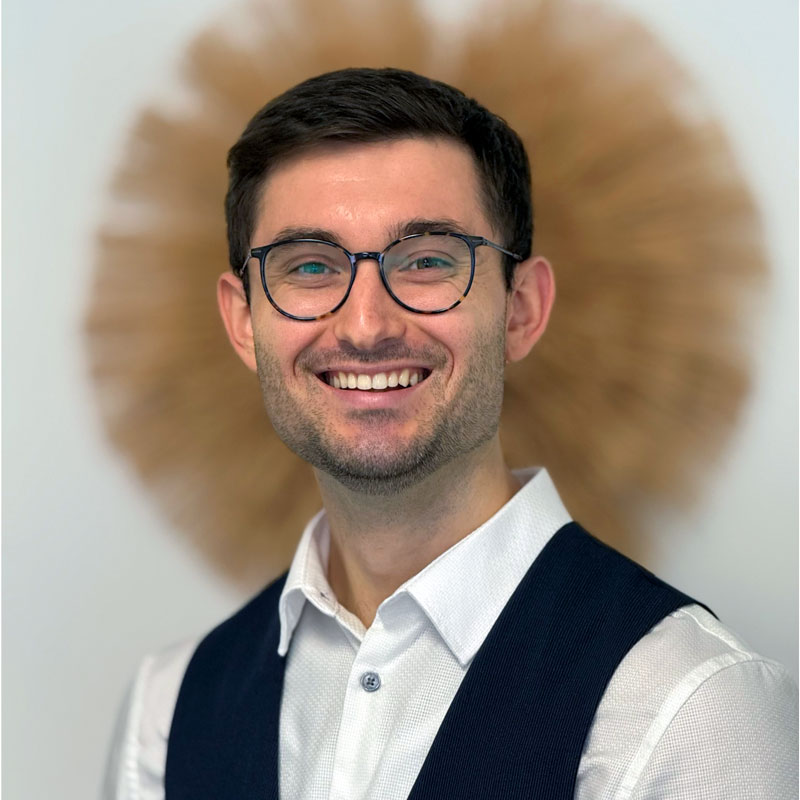
Adam Bosnjak
Specializing in Botox, Hyaluronic Acid, Laser Treatment
Doctor Adam Bosnjak is an expert in aesthetic medicine and is responsible for the Aesthetiqua locations in Karlsruhe and Pforzheim. With a keen sense of proportion and aesthetics, his focus is on Botox, hyaluron and skin booster treatments that gently enhance the natural appearance of his patients. He also impresses with precision and a pronounced understanding of individual facial structures in sensitive procedures such as lip augmentation or wrinkle reduction. In addition, Adam offers modern laser therapies – including tattoo removal and skin improvement. His empathetic and conscientious manner creates trust and makes him a sought-after contact for discerning patients.

Tsilat Ghebreweldi
Specializing in Botox, Hyaluronic Acid, Laser Treatment
Doctor Tsilat Ghebreweldi is an expert in aesthetic medicine and is responsible for the Aesthetiqua locations in Mannheim and Kaiserslautern. With a keen sense of proportion and aesthetics, her focus is on Botox, hyaluron, and skin booster treatments that gently enhance the natural appearance of her patients. Even with sensitive procedures such as lip augmentation or wrinkle reduction, she impresses with precision and a strong understanding of individual facial structures. Additionally, she offers modern laser therapies – including for tattoo removal and skin improvement. Her empathetic yet conscientious manner builds trust and makes her a sought-after contact person for discerning patients.

Sebastian Fromm
Specializing in Botox, Hyaluronic Acid, Laser Treatment
DOCTOR Sebastian Fromm specializes in aesthetic medicine and manages the Aesthetiqua locations in Heidelberg and Mannheim. With his focus on Botox, hyaluronic acid, and laser treatments, he aims to achieve natural and harmonious results – without artificial-looking changes. Especially in wrinkle treatments, lip augmentation, and skin rejuvenation, he places great importance on precise and type-appropriate implementation. In addition to laser treatment for tattoo removal, he develops an individual treatment concept for each patient. His calm demeanor and high standards of quality make him a valued expert in the field of minimally invasive aesthetic medicine.

Alena Schwede
Specializing in Botox, hyaluronic acid, Permanent hair removal, Tattoo Removal
ALENA SCHWEDE is an experienced aesthetic medicine doctor and heads the Karlsruhe location at Aesthetiqua. Her focus is on modern, minimally invasive procedures, including treatments with Botox and hyaluronic acid, which serve to beautify and rejuvenate the face. She aims to provide each patient with a customized treatment. She places great importance on natural, aesthetically pleasing results that emphasize the individual beauty of the patients.

Björn Frey
Specializing in Botox, Hyaluronic Acid, Laser Treatment
DR. BJÖRN FREY is an expert in aesthetic medicine, specializing in Botox, hyaluronic acid, and laser treatments. Since qualifying in botulinum toxin/Botox, he has focused on facial enhancement and rejuvenation using minimally invasive methods. In addition to laser tattoo removal, he offers personalized treatments that deliver natural and aesthetic results. He is known for his precise work and commitment to modern techniques in aesthetic medicine.
FAQ
Frequently Asked Questions about: Getting Rid of Teeth Grinding with Botox®
How does Botox® help with teeth grinding?
Botox® is injected directly into the overactive masseter muscle, which is responsible for teeth grinding. The treatment relaxes this muscle, reducing involuntary grinding and associated pain. Botox can also be injected into other facial muscles to relieve similar symptoms.
How often does Botox® need to be injected for teeth grinding?
The frequency of Botox® treatments varies depending on individual needs. Typically, refreshers are recommended every three to six months, depending on the muscle’s response and the duration of symptom relief.
How does teeth grinding occur?
Teeth grinding can be triggered by stress, anxiety, sleep disorders, or misalignments in the jaw area. These factors lead to unconscious activity of the chewing muscles, especially at night, which results in bruxism.
How long does Botox® for teeth grinding last?
The effect of Botox® for teeth grinding usually lasts between three and six months.
With continued treatments, the duration of effect can increase as the treated muscle loses tension and returns to its original activity less quickly.
Hier findest du uns





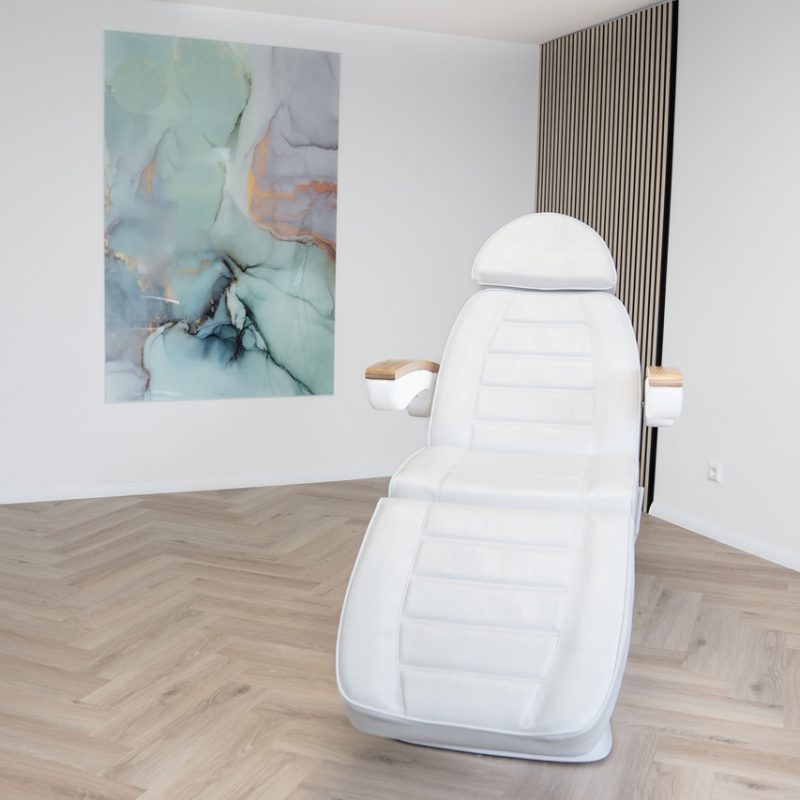
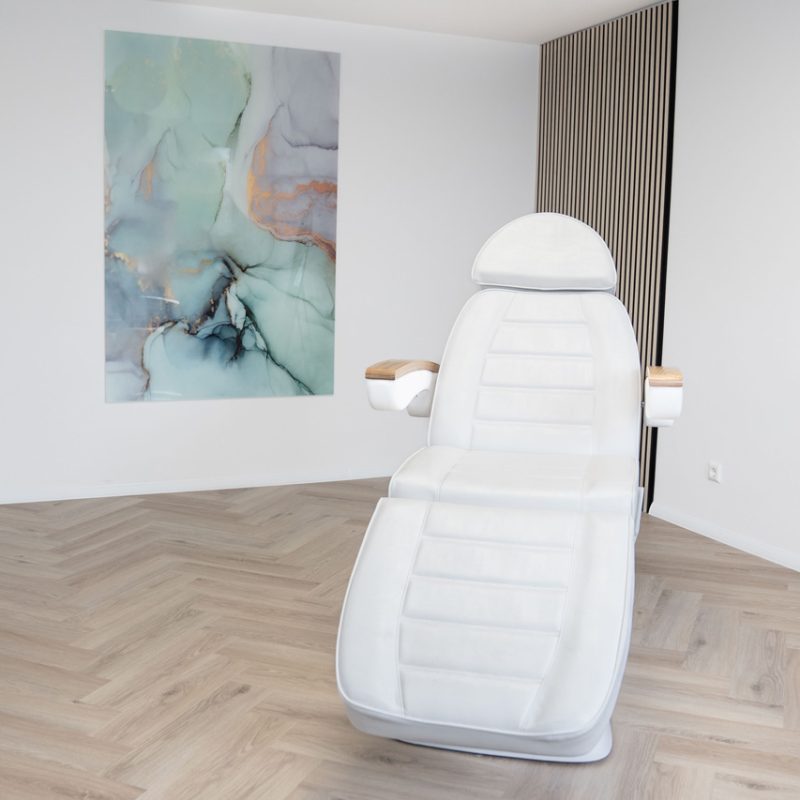
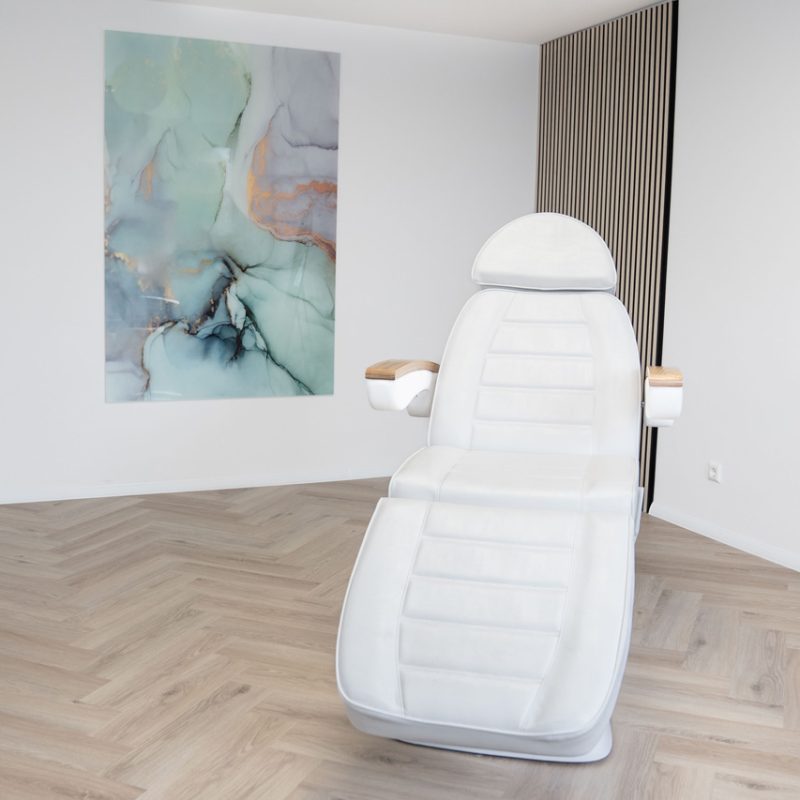
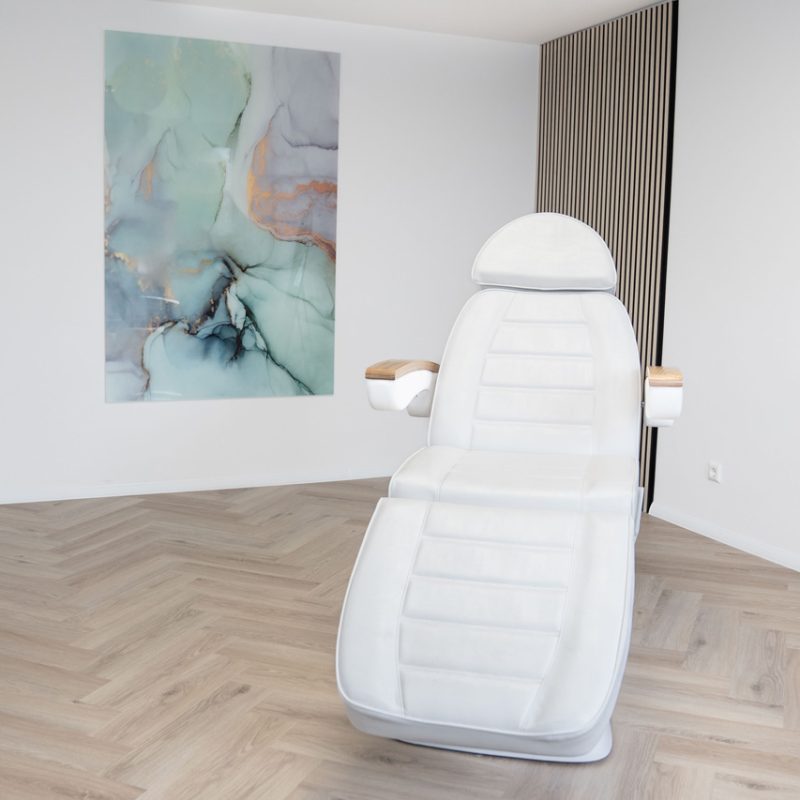
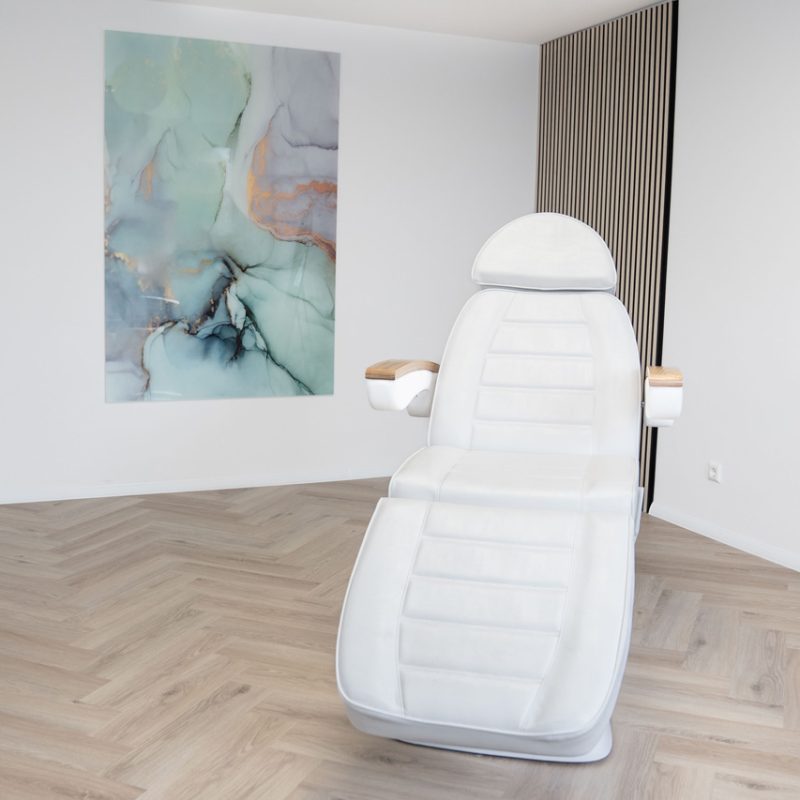
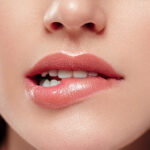 Lip Augmentation
Lip Augmentation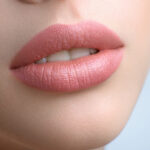 The Russian Lips (Doll-Lips) Technique
The Russian Lips (Doll-Lips) Technique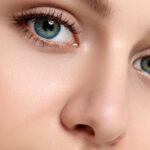 Effective Non-Surgical Rhinoplasty
Effective Non-Surgical Rhinoplasty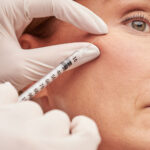 Cheek Augmentation – Cheekbone Injections
Cheek Augmentation – Cheekbone Injections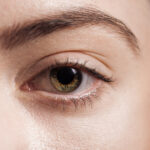 Remove Dark Circles, Tear Troughs & Eye Bags
Remove Dark Circles, Tear Troughs & Eye Bags Chin Augmentation
Chin Augmentation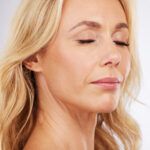 Jawline Treatment
Jawline Treatment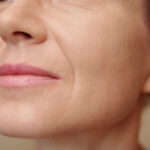 Nasolabial Folds
Nasolabial Folds Remove Forehead Wrinkles
Remove Forehead Wrinkles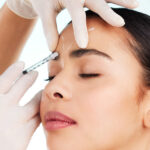 Remove Frown Lines
Remove Frown Lines Remove Crow’s Feet
Remove Crow’s Feet Reduce Neck Wrinkles
Reduce Neck Wrinkles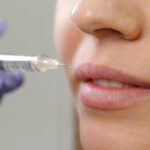 Lip Flip with Botox®
Lip Flip with Botox® Remove Bunny Lines
Remove Bunny Lines Botox® Treatment against Sweating
Botox® Treatment against Sweating Botox® for Teeth Grinding
Botox® for Teeth Grinding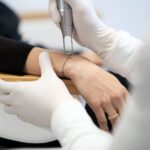 Tattoo Removal with Laser
Tattoo Removal with Laser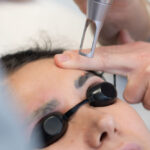 Remove Permanent Makeup
Remove Permanent Makeup Permanent Laser Hair Removal
Permanent Laser Hair Removal Fat-Away Injection
Fat-Away Injection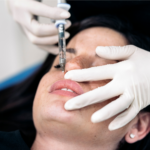 Hylase | Dissolve Hyaluronic Acid
Hylase | Dissolve Hyaluronic Acid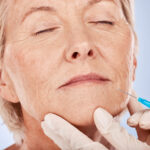 Polynucleotide Treatment | PhilArt
Polynucleotide Treatment | PhilArt